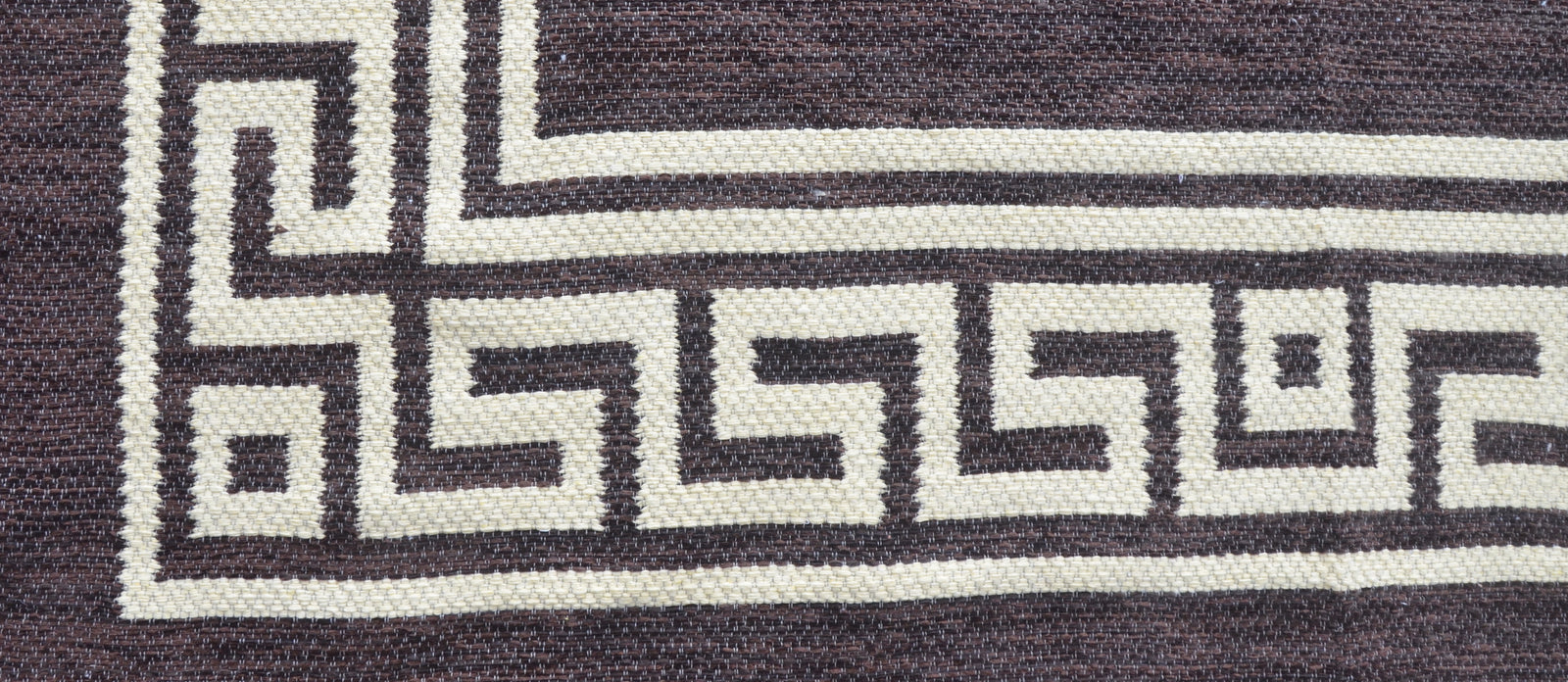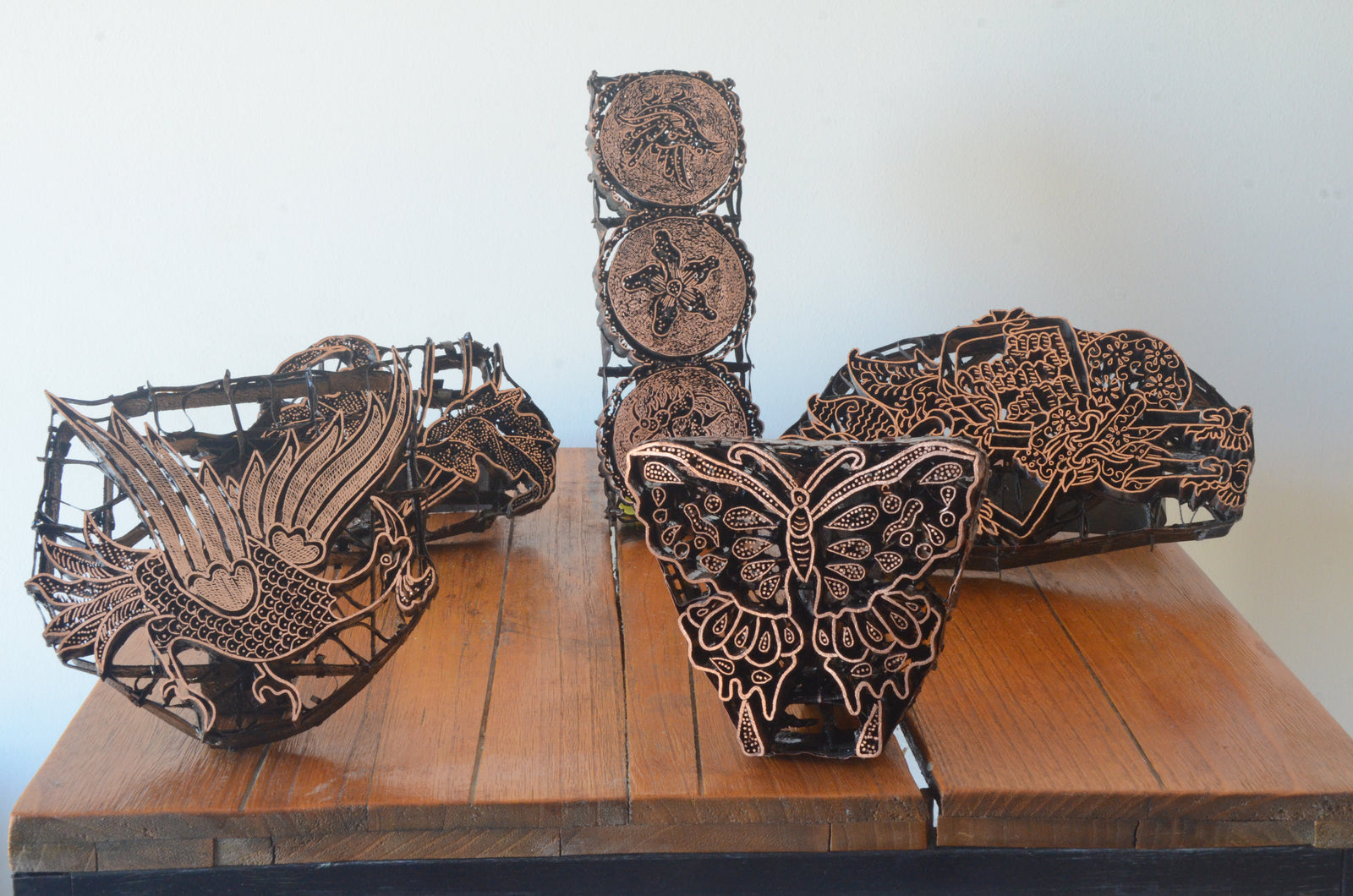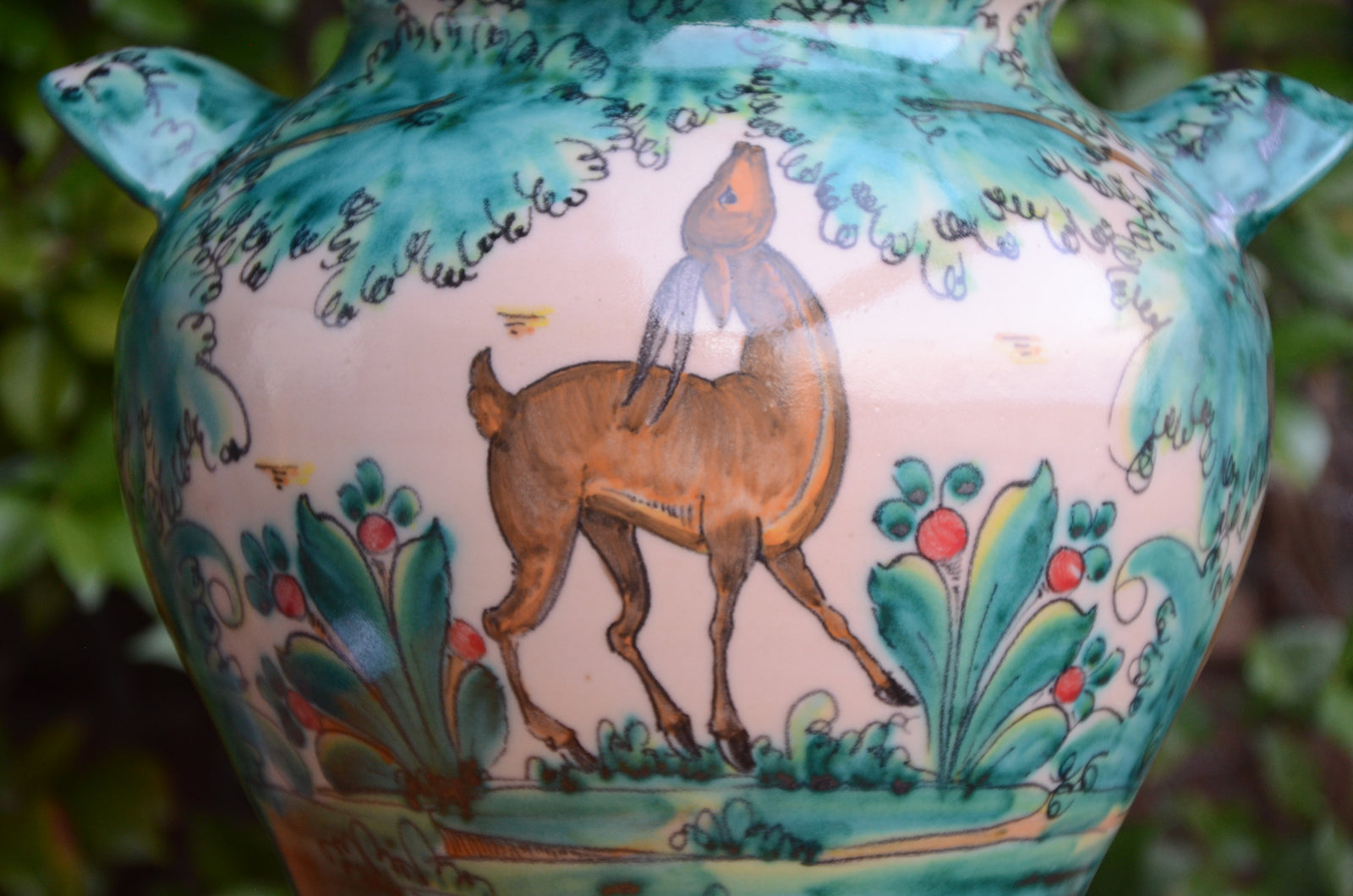
La Alpujarra (sometimes called by his plural Las Alpujarras) is an historic region in Andalucia, Spain, between Granada and Almeria, on the south side of the Sierra Nevada mountains. It is a space of an impressive natural beauty and big contrasts. Because of his smooth weather, combined with the abundance of water coming from the snow-capped heights of the mountains, La Alpujarra valleys are very fertile, although only a part can be farmed due to the sloppy nature of the landscape, which makes the modern farming techniques useless. There is a lot of fruit trees and vineyards.

Although La Alpujarra has been settled by all the cultures developed in the Iberian peninsula, there is no historical records until this became the refuge of the “Moriscos” –that was the name given to the Muslims that were defeated by the Catholics Kings in 1492 when they conquered Granada-, his last settlement in Iberia, by the way, the same year that Columbus made his first trip to America financed by the same Kings. During one century both cultures tried to coexist, but the defeated Muslims were loosing privileges and richness, at to the point that they revolted guided by Aben Humeya –whose Christian name was Fernando de Córdoba y Valor- and self proclaimed the King of La Alpujarra. At the end of the revolt, the Moriscos were pushed out of the region which was used as the main military base.
By order of the Spanish Kings, it was required that two Morisco families remain in every village to help the new Christian settlers -coming from other places in Andalucia, Castile and Galicia- with the local terrace farming and irrigation systems techniques, nevertheless the settlement failed and the techniques were lost being substituted with the time by other methods.
The Arab influence in the region has left a strong footprint in the farming landscape, the cubic architecture –related with the Berber architecture that can be seen in the Moroccan Atlas mountains-, in the local food, in the name of numerous geographical places which still maintain their Arab names, and within the fabric of the traditional rugs from the area called “jarapas”.
Comments will be approved before showing up.


John
January 02, 2016
I travelled on the Alpujarras summer 2014 and it was amazing place. Beautiful mountains beautiful landscape, great ham ! Recommended.
John